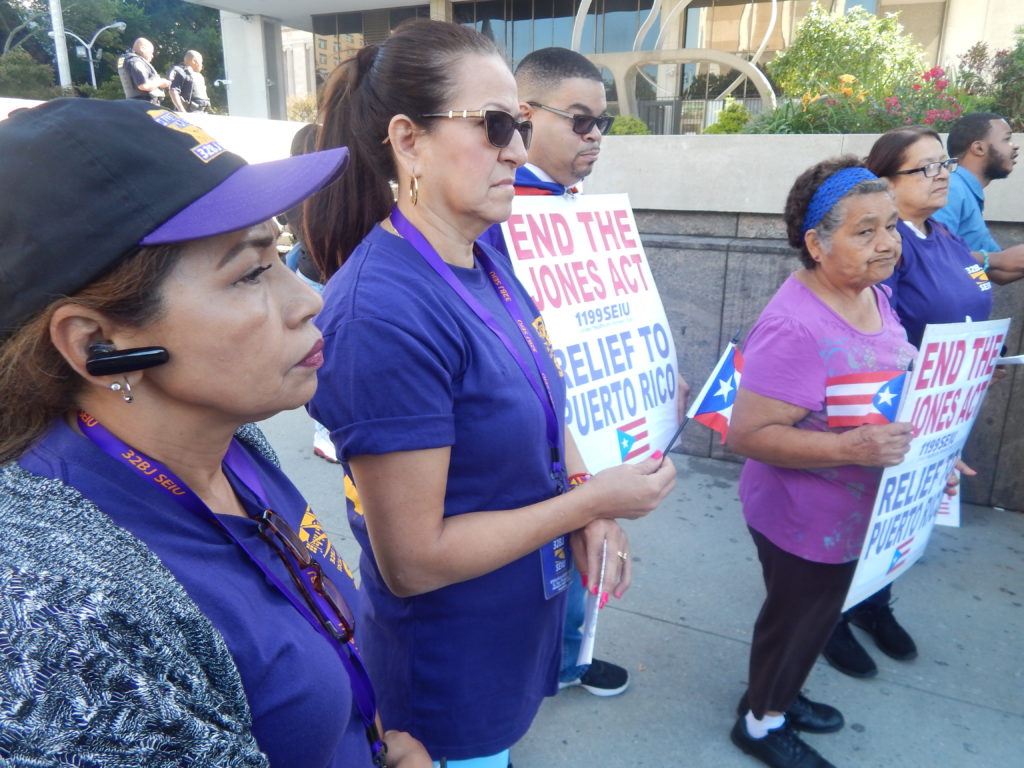Rank and File Union Gender Shift a Boon to Harris

With just 48 hours to go before the polls close multiple storylines are coming to an historic inflection point.
Such is the case with the American labor movement which in the aftermath of the COVID mass death event has been going through a sort of revival under the most union friendly White House perhaps since FDR.
Yet, despite increased organizing and strike activity, the percentage of Americans represented by a union hovers around ten percent, with private sector density in the single digits and close to just a third of public sector workers organized. That’s about a third of what it was after WWII and half of what it was when President Reagan had the overwhelming support of the American people to summarily fire thousands of striking air traffic controllers.
Perhaps the recent International Longshoremen Association’s three-day strike that resulted in a 62 percent pay hike is most illustrative of the new leverage that labor has right now.
The American labor movement has overwhelmingly supported the Harris/Walz ticket but there have been notable and problematic exceptions like the International Association of Firefighters and the Teamsters national union’s decisions to not endorse Vice President Harris as well as the endorsement of former President Trump by law enforcement unions.
Last month, coinciding with National Hispanic Heritage Month, 1,000 members of 32 BJ SEIU, many of whom are fluent in Spanish, went door to door in Allentown, Pennsylvania, for Vice President Harris. These ‘fired up’ union activists from New Jersey, New York and Connecticut gave up their weekends to knock on 350,000 doors.
In Allentown over half of the population is Latino. 32 BJ SEIU is the nation’s largest building service workers union representing 185,000 workers from 12 states and Washington D.C.
“Latino workers are the backbone of so many communities in Pennsylvania and across the country,” says Sam Williamson, 32BJ SEIU Executive Vice President and PA State Director. “There are an estimated 580,000 eligible Latino voters in Pennsylvania, and Allentown’s Latino population is estimated to be around 54 percent. That is a huge community of working-class voters who would benefit from the pro-labor agenda of the Harris-Walz campaign. Harris will continue the progress from the most pro-union administration in recent history and prevent an unraveling of the very existence of unions that would destroy countless livelihoods.”
UNITE HERE, represents 300,000 workers in the hotel, casinos, food service and airport sectors. Gwen Mills, International UNITE HERE president, told Politico that “regardless of the Teamsters and the firefighters,” her union would knock on 3.5 million doors for Harris.
“We all have members in our unions who took to Trump, but as a majority, we don’t and we feel like it’s our job as the leadership of the union to be engaged with our members about the difference that these two administrations would make,” Mills told Politico.
This election is a key test for leaders like AFL-CIO President Liz Shuler, who led labor’s charge to endorse Vice President Harris.
In 2016, former Secretary of State Hillary Clinton won the popular vote but she lost key rustbelt states like Pennsylvania, Michigan, as well as Wisconsin by the narrowest of margins. The AFL-CIO, then under the leadership of Richard Trumka, did not deliver sufficient rank and file union households who went for Trump or stayed home in the rustbelt where the embrace of global free trade by Democrats hurt the party.
What’s different today from 2016 was the rollback of women’s reproductive rights in 2022 with the controversial Dobbs decision by the U.S. Supreme Court that former President Trump had such a central role in shaping.
“Access to healthcare without fear and intimidation is every person’s right,” tweeted Shuler. “We must be able to control our own bodies—which has a direct impact on economic justice and the ability of working people to make a better life for themselves and their families.”
Historically, the union movement had avoided weighing in on the abortion issue because it was controversial with some of its members and not considered a central core economic issue.
Abortion access is a healthcare access issue, which is a labor issue,” Jon Schleuss, the president of the NewsGuild-CWA told In These Times after explaining he had members in states like Texas and Missouri that were quick to restrict abortion rights.
In 1983, 24.7 percent of men were in a union, as compared to 14.6 percent of the female workforce. By 2023, although total union density was down, when it came to gender equity it was a different story with 10.5 percent of men in a union compared to 9.5 percent women.
As it turns out, unions that spoke out on the rollback of reproductive rights were likely responding to the shift in their own rank and file.






The evening of November 5th, Election Day, someone stated, regardless of what happens the sun will come up tomorrow. November 6th before dawn, I read the news of Trump’s victory. Devastated I really didn’t care if the sun came up. But, right on time the sun did come up. And so, Bob Hennelly, I will continue to read your columns with interest and respect.